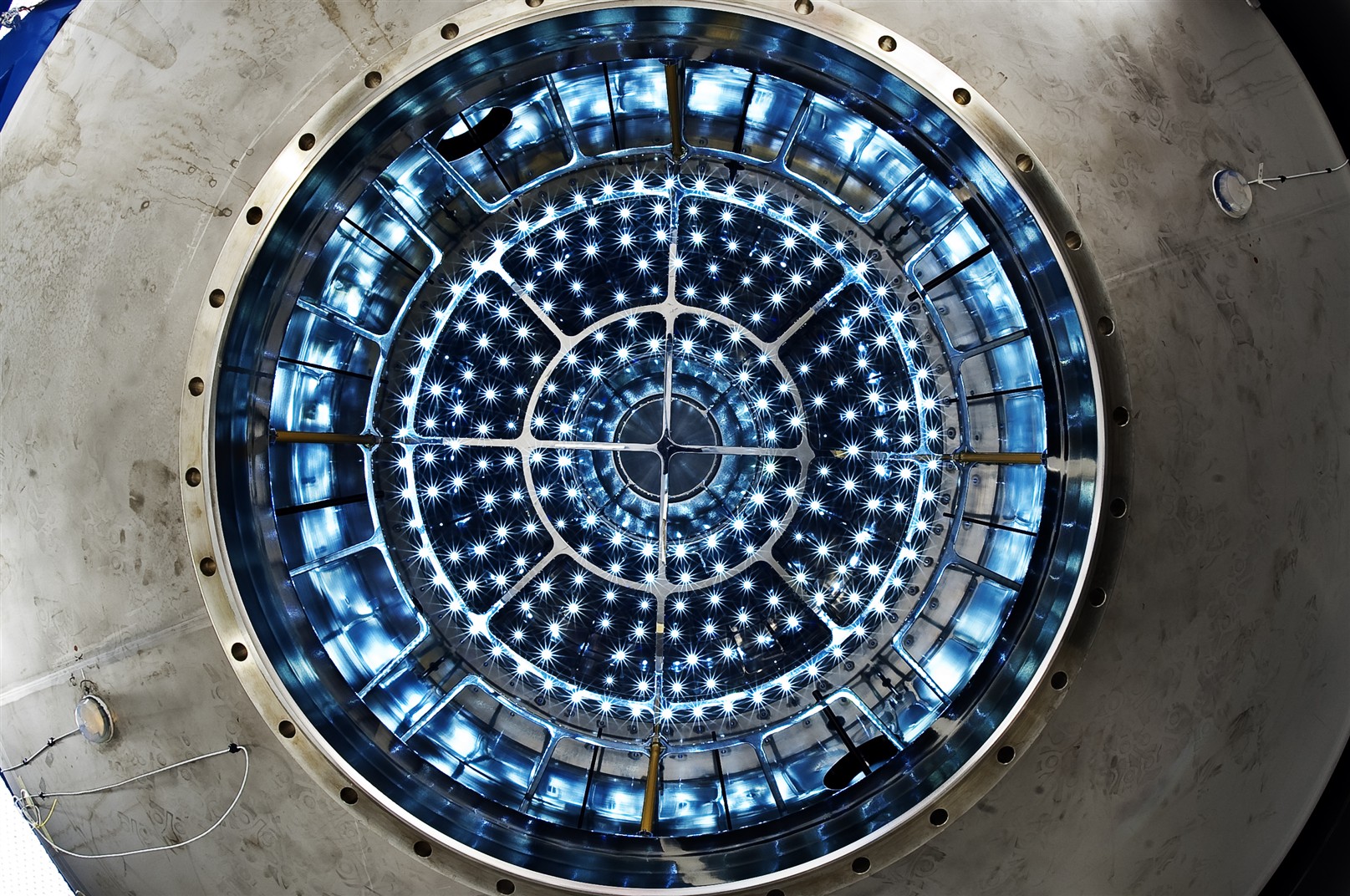Emerging Photonic Principles and Negative Effective Mass: Exploring New Physics in the Tradition of Grothendieck.
A novel symmetry framework.
by P. De Ceuster — Posted in Publications on September 07, 2025
TAG: #Publications
Latest edit: 07/09/25
Negative effective mass is innovative, and the idea should focus on phenomenology, device design, and experimental signatures rather than algebraic formalism. Negative effective mass arises when wave propagation in engineered media responds to external perturbations in an inverted manner — acceleration opposite to applied force in mechanical analogues, or anomalous energy flow in optical settings. There is a taxonomy of systems where negative effective mass is observed or emulated: metamaterials with tailored dispersion, photonic lattices with engineered band inversion, and driven-dissipative condensates.
Broadening the debate asks for physical intuition: view negative effective mass as a mesoscale emergent property resulting from collective coupling among modal degrees of freedom. This viewpoint suggests design heuristics: increase inter-site coupling asymmetry to promote band inversion, introduce synthetic gauge fields to steer modal curvature, and exploit nonlinearity to stabilize otherwise unstable branches. It also highlights experimental pitfalls — parameter sensitivity, fabrication imperfections, and thermal effects — and prescribes mitigation strategies including post-fabrication tuning, feedback control, and cryogenic operation where appropriate.
Practical implementations are many. For metamaterials, stepwise guidelines for unit-cell design that encourages negative-index-like behavior over targeted frequency ranges are called for. For photonic lattices, the idea is to detail lattice geometries, coupling schemes, and measurement protocols (angle-resolved reflectometry, near-field scanning) to identify negative-mass modes. For condensate analogues, one could describe pumping schemes and non-equilibrium steady-state diagnostics to reveal inverted dynamical responses.
The idea is to also further elaborate on applications: leveraging negative effective mass for compact optical isolators, bidirectional amplifiers, and unusual self-focusing devices. Within our maths work at the cern server (zenodo) we further explore the role of negative mass in nonlinear phenomena, where counterintuitive interactions can produce localized structures useful for signal processing.
Lastly, we discuss future research directions and open challenges: interfacing negative-mass photonics with quantum emitters, scaling ultrafast negative-mass devices to telecom wavelengths, and exploring cross-modal transduction where mechanical negative mass couples to optical degrees of freedom. These agendas are framed as multidisciplinary projects requiring expertise in fabrication, theory, and systems engineering.
Excerpt from: Emerging Photonic Principles and Negative Effective Mass: Exploring New Physics in the Tradition of Grothendieck. by P. De Ceuster
© All rights reserved. Do not distribute. (Publication: Emerging Photonic Principles and Negative Effective Mass: Exploring New Physics in the Tradition of Grothendieck.)
